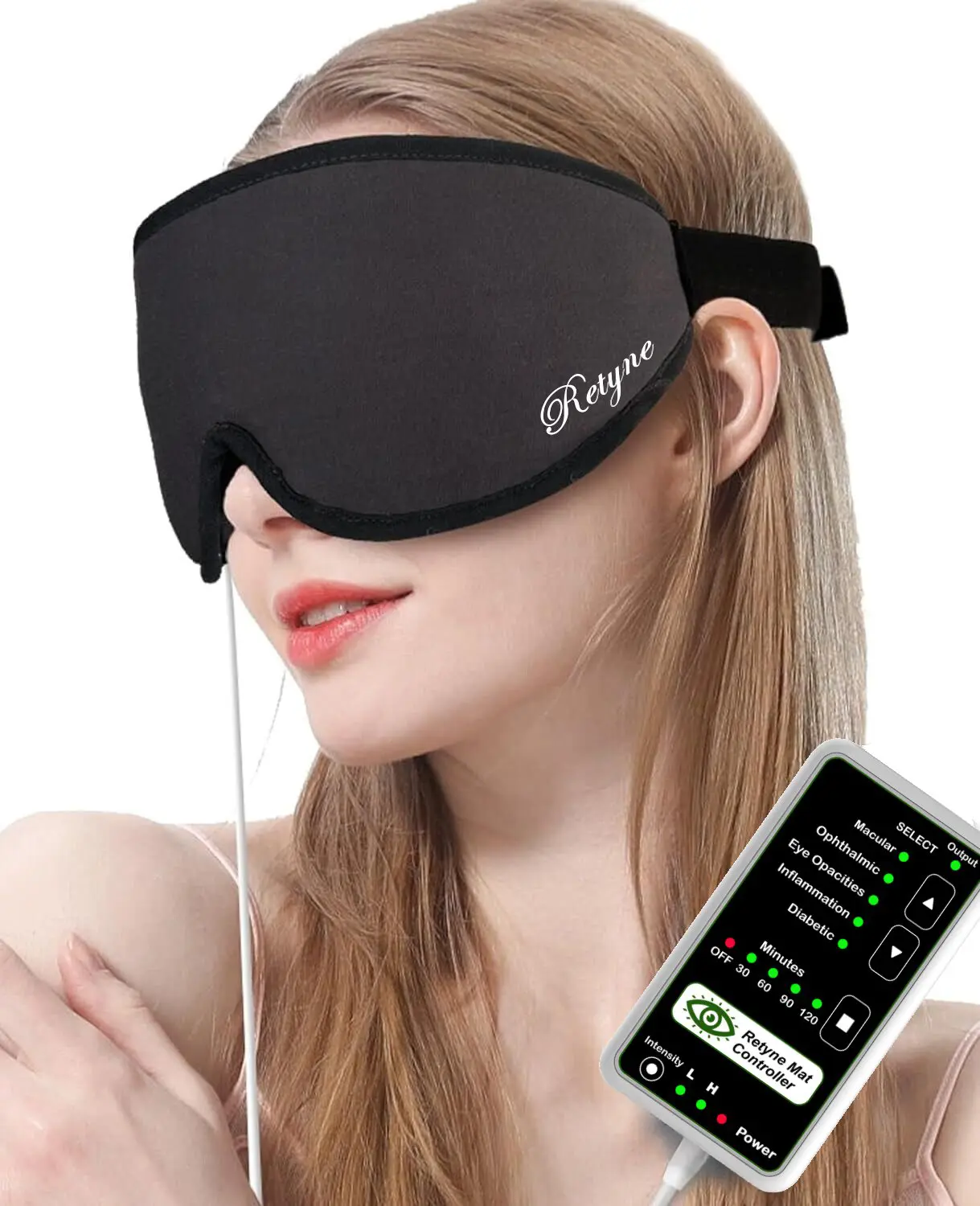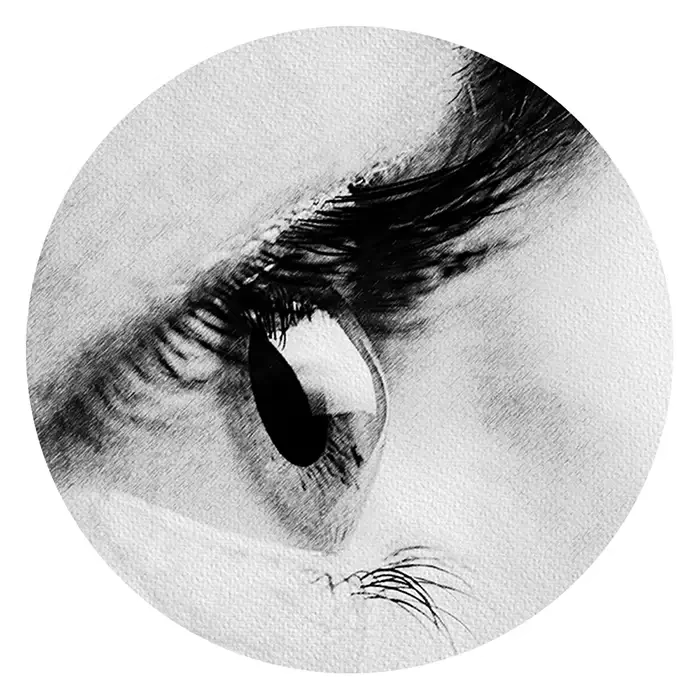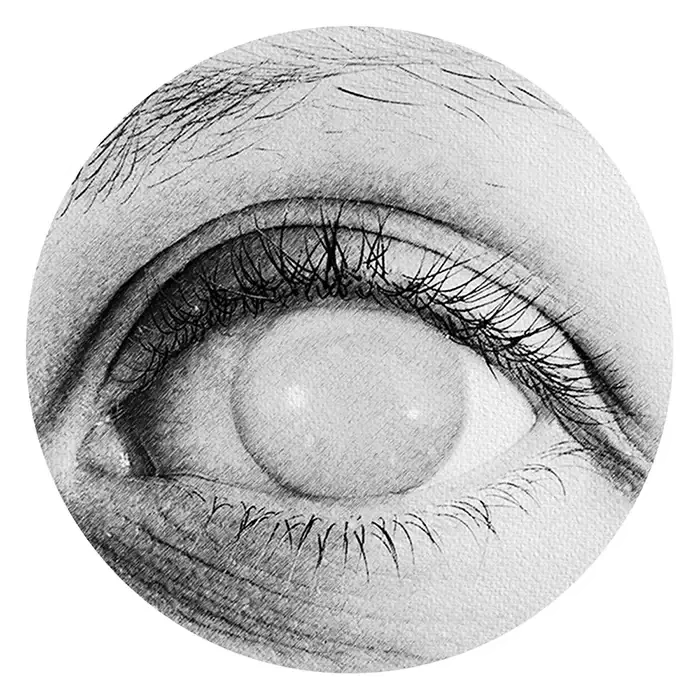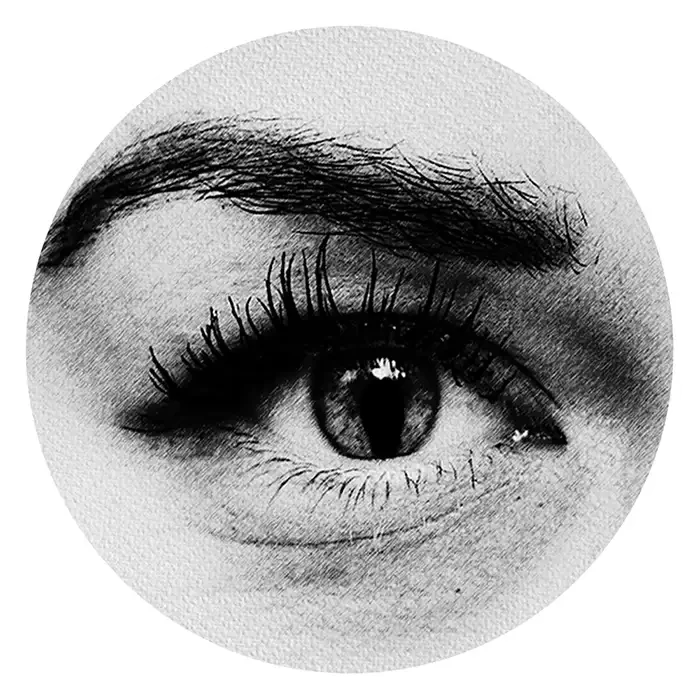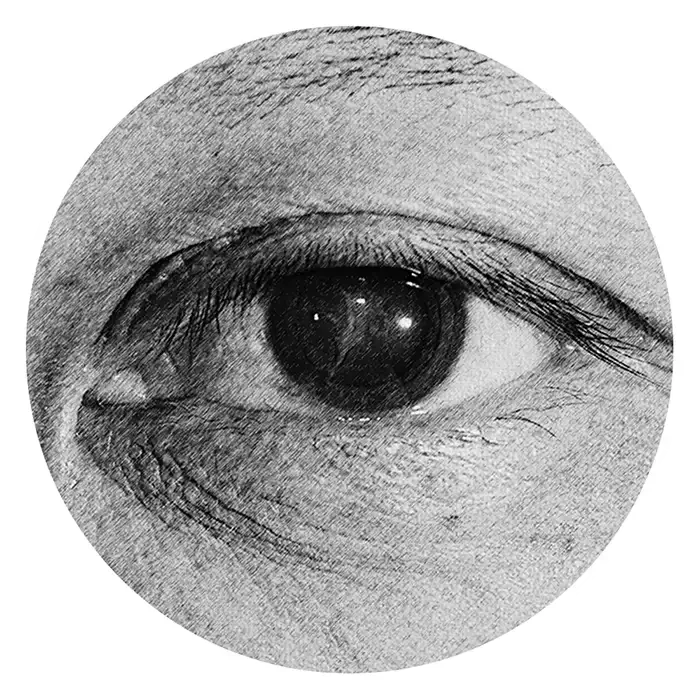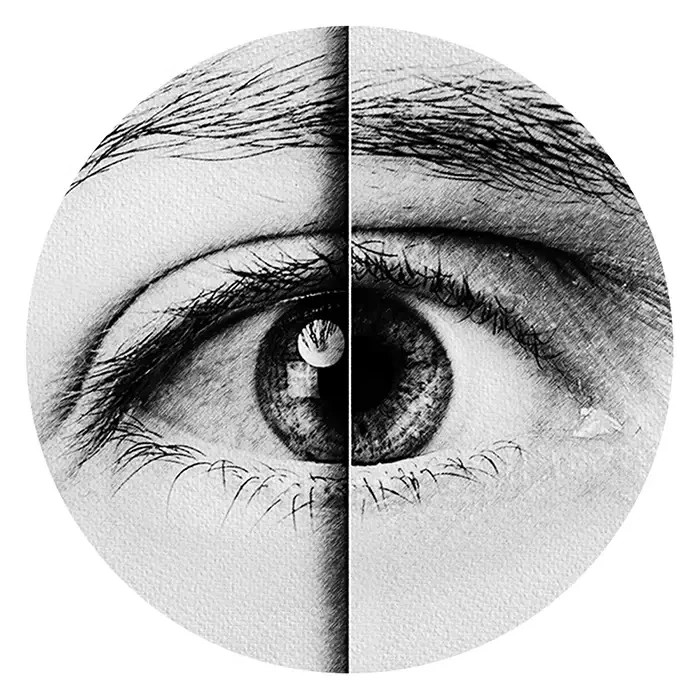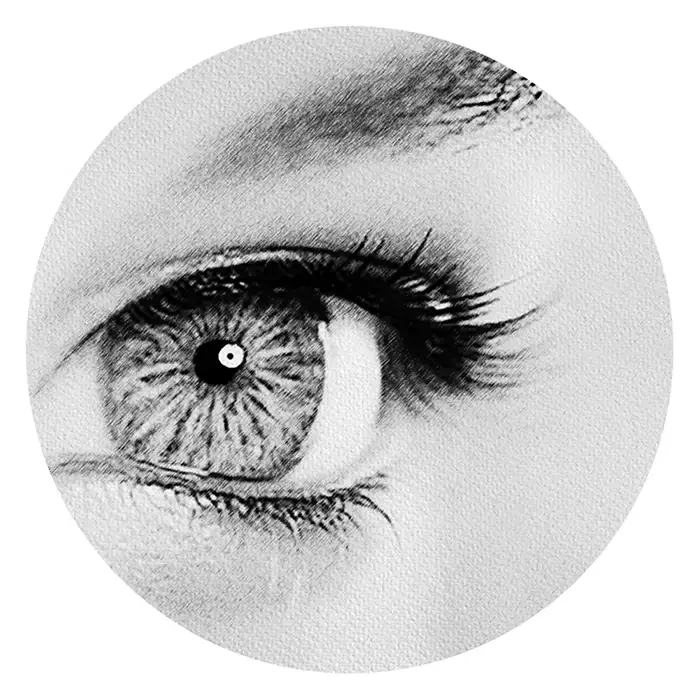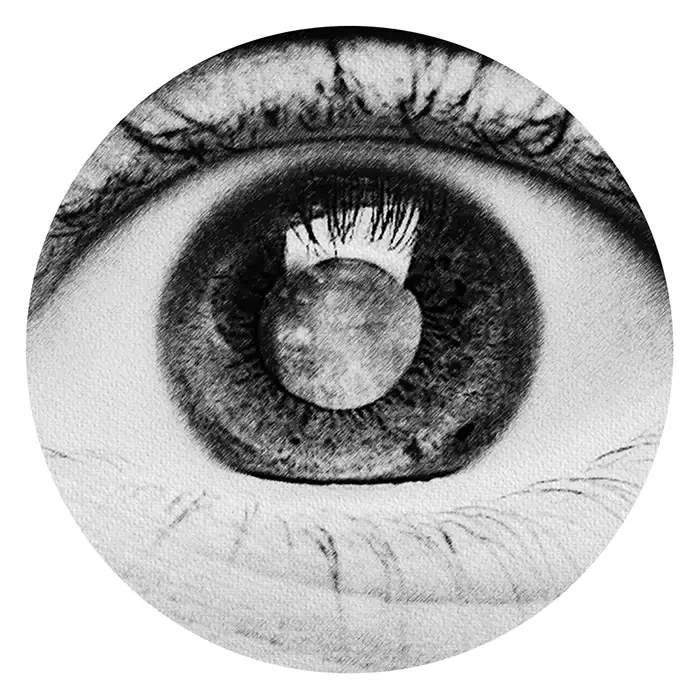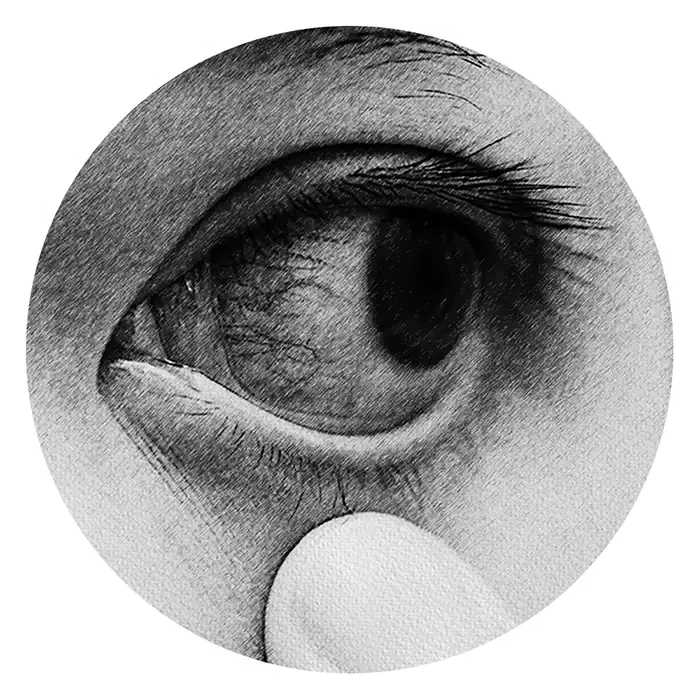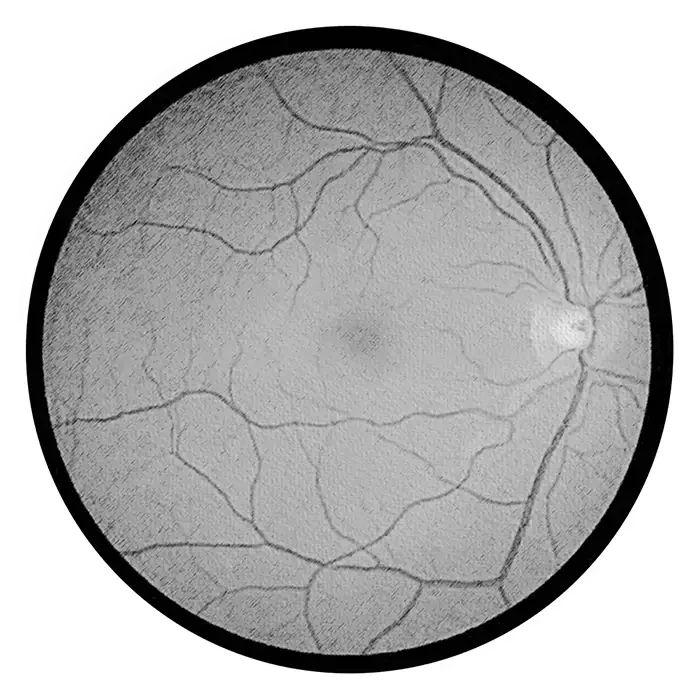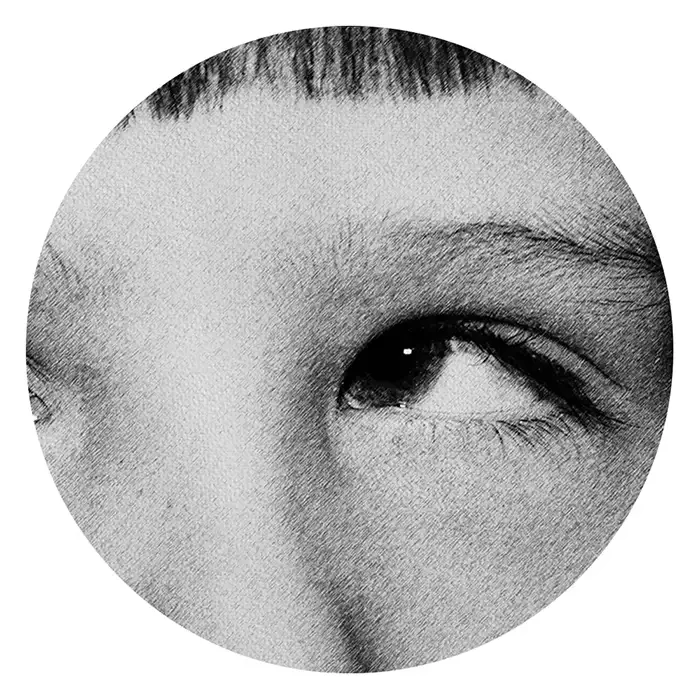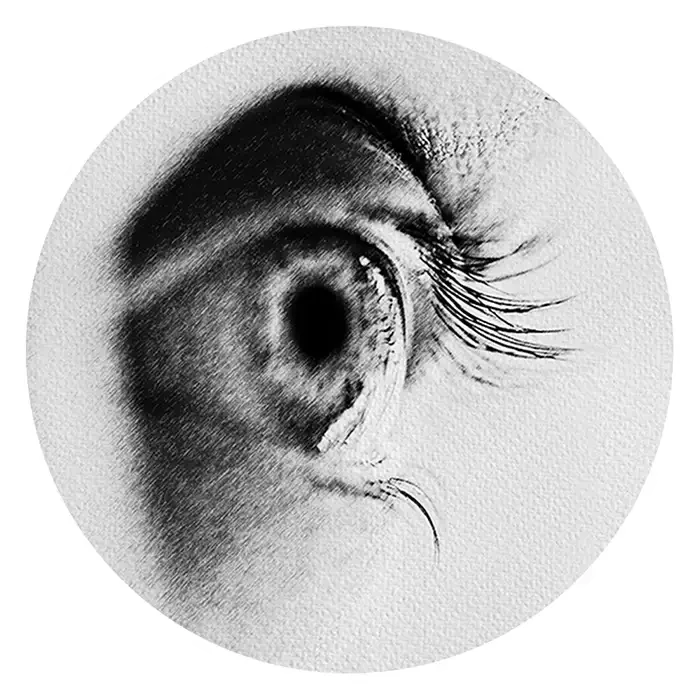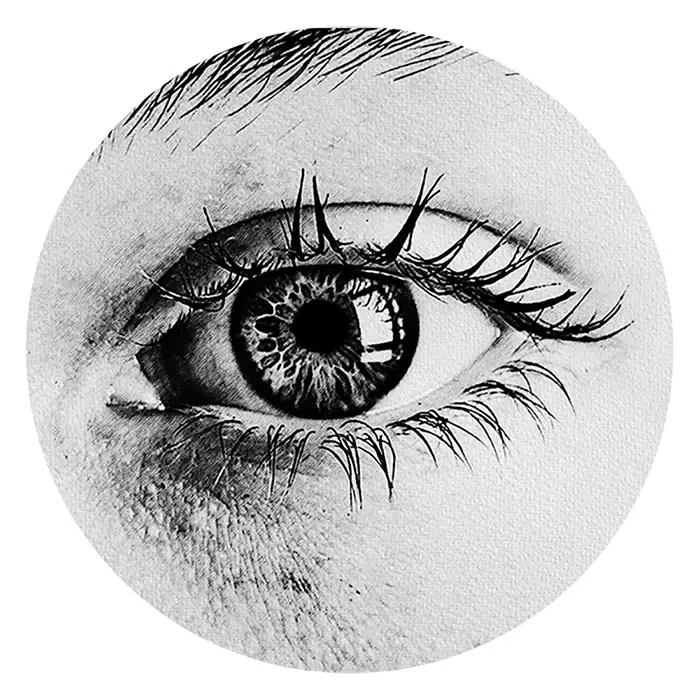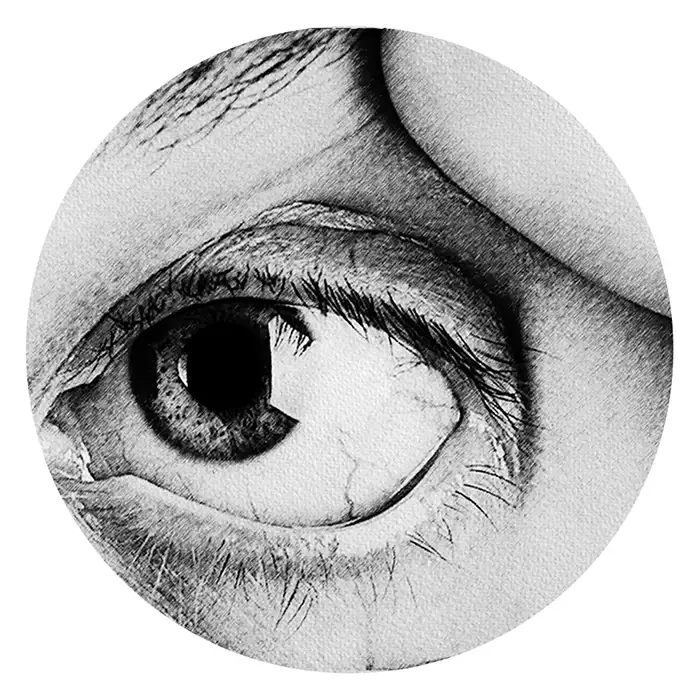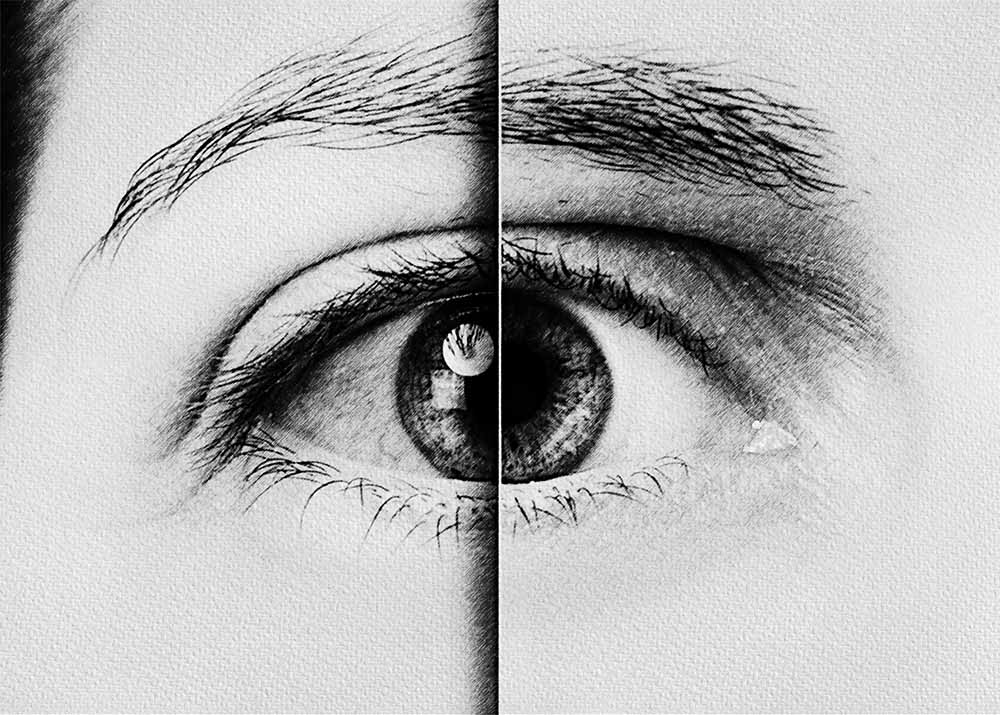
Treating Vitreous disorders with Infrared Light Therapy
Vitreous disorders encompass a variety of medical conditions affecting the vitreous humor, the gel-like substance that fills the space between the lens and the retina in the posterior segment of the eye. Some common types of vitreous disorders include posterior vitreous detachment (PVD), vitreous hemorrhage, vitreomacular traction (VMT), and macular hole. Diagnosis of these disorders typically involves a comprehensive eye examination, which may include visual acuity testing, slit-lamp examination, and imaging studies such as optical coherence tomography (OCT) to assess the structure of the vitreous and retina.
Posterior vitreous detachment (PVD) occurs when the vitreous gel separates from the retina. This condition is more common with age as the vitreous becomes more liquefied and can lead to symptoms such as floaters, flashes of light, and occasionally, a sensation of a curtain or veil obstructing vision. While PVD itself is usually benign, it can increase the risk of retinal tears or detachment, as the vitreous pulls away from the retina.
Vitreous hemorrhage involves bleeding into the vitreous cavity and can result from various underlying causes, including diabetic retinopathy, retinal tears, or trauma. Symptoms of vitreous hemorrhage include sudden onset of floaters, blurred vision, and flashes of light. This condition can potentially obscure the vision and may require prompt medical intervention to identify and address the underlying cause of the bleeding.
Vitreomacular traction (VMT) occurs when the vitreous gel abnormally adheres to the macula, the central part of the retina responsible for sharp, central vision. This can cause traction or pulling on the macula, leading to symptoms such as distorted or blurred vision. VMT can predispose individuals to the development of macular holes or epiretinal membranes, further affecting vision and requiring appropriate management.
Macular hole is a condition characterized by a small break or hole in the macula, typically caused by traction from the vitreous gel. This can result in central vision loss or distortion. The relationship between vitreous disorders and the retina is significant as abnormalities in the vitreous can directly impact the structure and function of the retina, leading to vision impairment or loss.
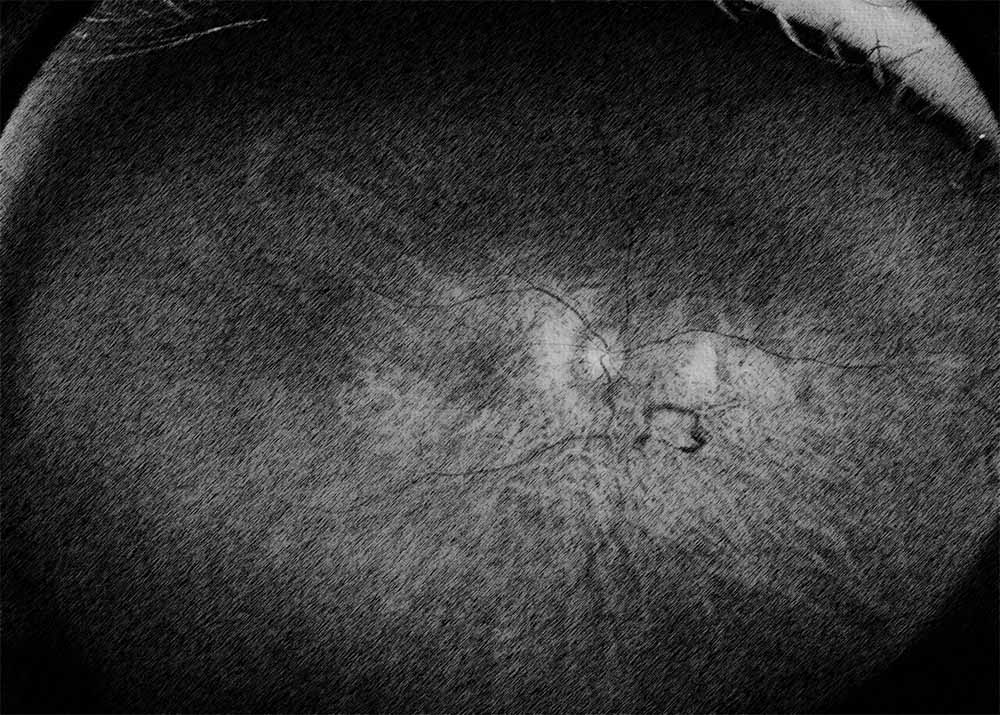
In the context of eye infections and inflammation, vitreous disorders can arise as a complication or sequelae of conditions such as endophthalmitis, uveitis, or intraocular inflammation. Inflammatory processes in the eye can affect the vitreous, leading to opacification, hemorrhage, or traction on the retina, which may further compromise visual function. Prompt diagnosis and treatment of underlying infections or inflammation are essential to minimize the risk of complications and preserve vision.
The Retyne Infrared Eye Treatment Mask, with its utilization of invisible infrared light therapy, offers a potential adjunctive treatment modality for vitreous disorders. Program #4 on the Retyne controller, designed specifically for addressing eye infections and inflammation, may help alleviate symptoms associated with vitreous disorders by targeting inflammatory processes and promoting tissue healing. By delivering therapeutic infrared light to the affected eye, the Retyne mask aims to mitigate inflammation, reduce the risk of complications, and support the overall health of the vitreous and retina. Early intervention with Retyne therapy, alongside conventional management strategies, may enhance treatment outcomes and improve visual outcomes for individuals with vitreous disorders.
The Retyne eye treatment mask utilizes a general selection of frequencies (0.06, 0.5, 0.87, 12.85, 27.5, 141, 301.23, 453.02, 783.4, 825.03 ) tailored to address the symptoms related to Vitreous disorders. These frequencies have been meticulously chosen for their proven effectiveness in managing and treating this visual condition.
Retyne's approach involves converting each frequency into invisible infrared light output, marking a groundbreaking fusion of frequencies with light—a pioneering technology pioneered by Retyne Labs. Inspired by the groundbreaking work of Dr. Rife, who identified healing properties in specific frequencies and utilized light for their transmission, Retyne's innovative method capitalizes on current research on invisible infrared technology and builds upon past studies on light transmission through frequency sources. The result is the Retyne eye Treatment Mask, a convergence of state-of-the-art advancements in the field of visual care.
Moreover, for those utilizing advanced hardware such as the RDPV4, a secondary set of alternate frequencies for Vitreous disorders: 0.14, 0.52, 2.5, 12.85, 35.16, 97.5, 200, 476.9, 665.34, 986.22 is available. The RDPv4 offers an expanded range of frequencies, finely calibrated to provide even greater precision in addressing this eye disorder. By incorporating this secondary set of frequencies, the RDPV4 elevates the potential therapeutic benefits of the Retyne eye Treatment Mask, catering to individuals seeking advanced solutions for their visual health needs.
A Vitreous disorders Compatibile group exists at program 1233: (0.06, 0.5, 0.87, 12.85, 27.5, 141, 301.23, 453.02, 783.4, 825.03 )
A Vitreous disorders Alternate group exists at program 3530: Vitreous Disorders: 0.14, 0.52, 2.5, 12.85, 35.16, 97.5, 200, 476.9, 665.34, 986.22

Compatibility
Standalone controller (Program #4) (Controller shipped with Retyne Eye Treatment Mask)
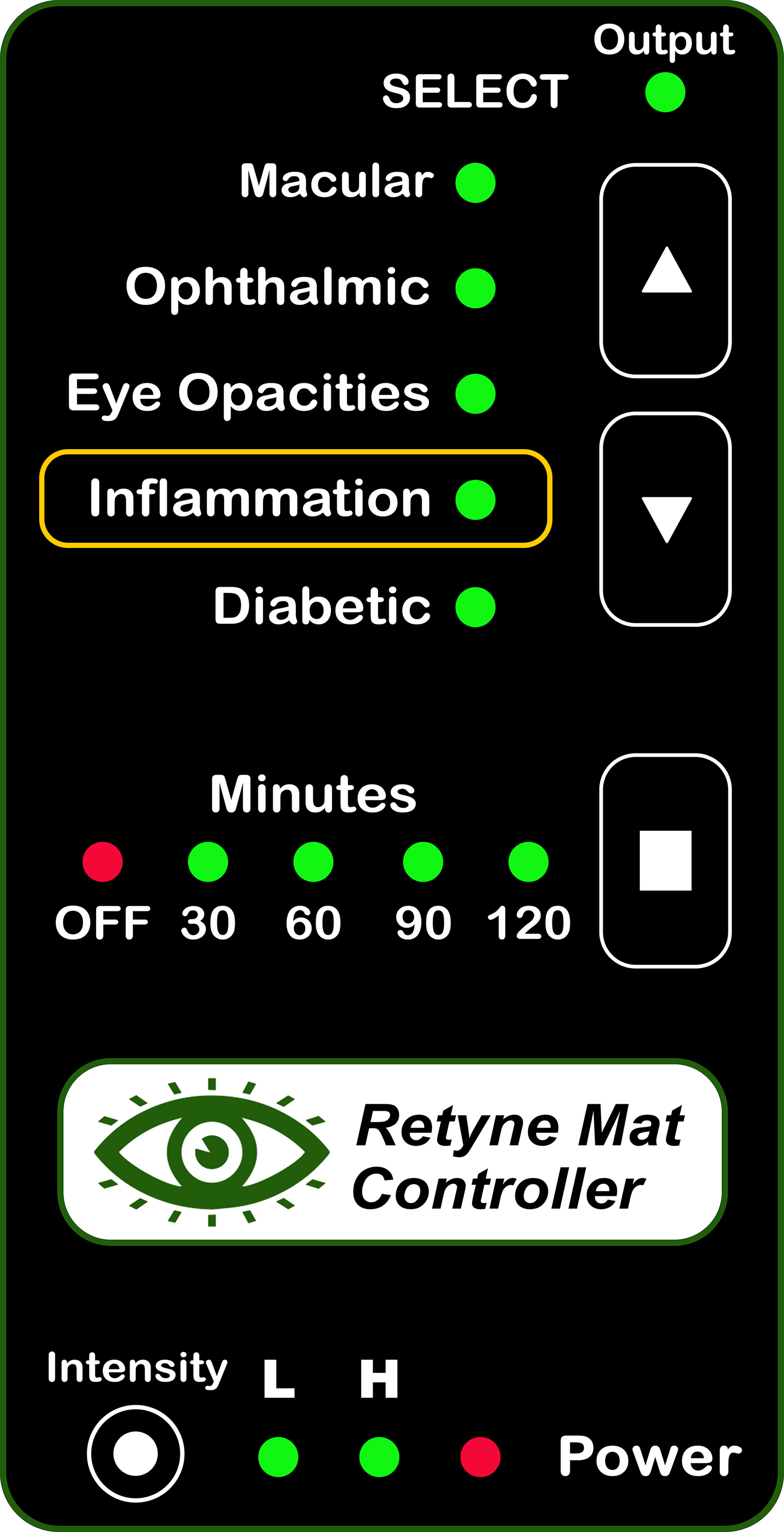
RDPV4 (Direct connect, use group 3530)
RDPV4 Light Mask Program button 4
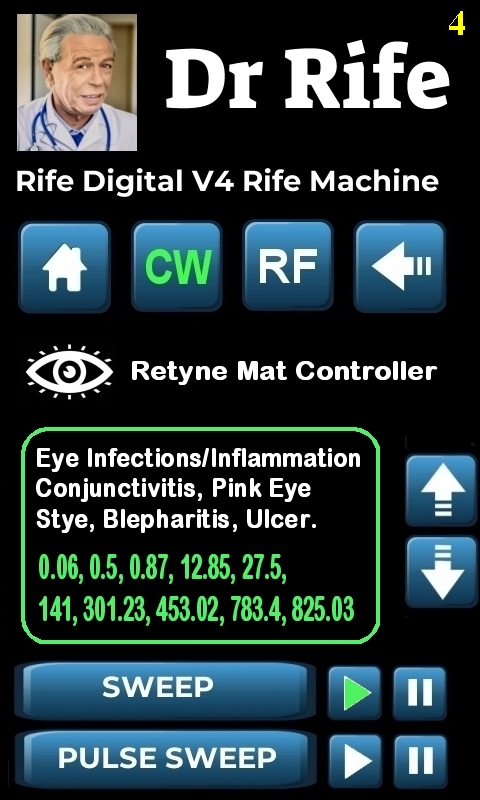
Click here for instructions on using the Retyne Mask + Controller
